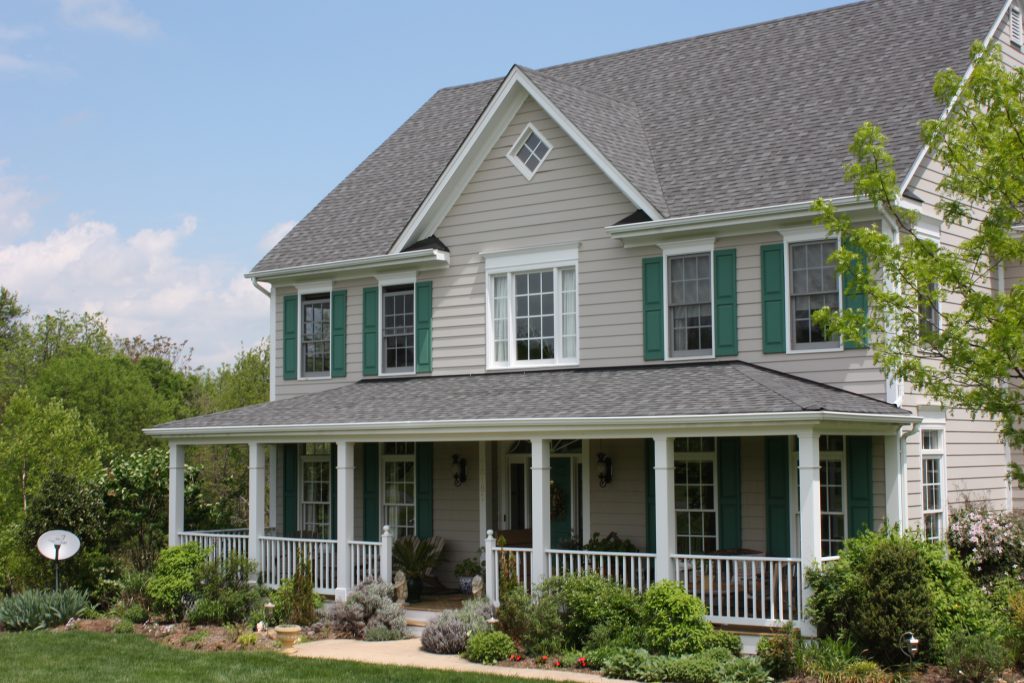There are many reasons that paint can fail sooner than expected, but the main causes of premature paint failure fall into two categories: environmental factors and quality of paint job. Because the environmental dynamics are outside of our control, the emphasis needs to be on giving your house top-quality care to ensure the longevity of a paint job.
While humans have been known to damage the environment, it is not usually a one-sided battle: the forces of nature can wear down and destroy almost anything we make, including paint. Precipitation, ultraviolet rays and temperature change are the slow-destroyers of a home’s beauty. Rain, freezing rain and sleet can wear down a paint finish prematurely, leaving it dulled and less protected.
UV rays from the sun can cause a paint film to break down, resulting in chalking. The more direct sunlight a surface receives, the more likely the paint will fail prematurely. Even if the paint does not chalk, ultraviolet light will cause the paint to fade. Typically, darker colors appear to fade sooner than lighter colors.
Temperature change is the most harmful force against paint. At high temperatures the paint film expands, as well as the surface beneath it. At low temperatures the opposite happens. Often the paint and the subsurface expand and contract at different rates, causing stress in the finish. At first this will appear in hairline cracks. These small fractures will eventually become larger, causing the paint film to lift away from the subsurface, bubbling, flaking, and peeling off in sheets.
A quality paint job will last much longer than a budget job. Insufficient surface preparation will mean that paint does not adhere and cover as required, and it is likely to peel off long before it should. Even future layers of paint can be damaged by this, and these poorly applied coats will continue to fail. Also, some types of water-based paints cannot be applied over oil-based products, and this could also cause premature failure.
Product choice can also affect paint longevity. Oil-based products are used for their hard finish, but this quality also makes the more brittle. While latex and acrylic products will stretch and flex like a rubber band, oil-based products will develop hairline cracks that grow with time. Also, the cost of a paint is a significant consideration in its life-expectancy. 85% of the cost of a gallon of paint is for the raw materials used. Expensive paints contain more high-quality ingredients, raising the cost but increasing the long-term value with a longer life. Cheaper paints will require more coats to obtain good color coverage, and they will also fail sooner.
A final aspect of paint endurance is the number of coats. One coat will sometimes look sufficient when it is applied, but it is not likely to last as it should. Two coats will usually look much better, and will always last longer. It is important to remember that short term savings often lead to much bigger (and more expensive) problems.
If the paint on your home is failing sooner than it ought, it is a good idea to hire a painting contractor that can diagnose the cause of the problem and will do a thorough job correcting it. This will ensure that your next paint job, and all those afterwards, will shine like it should. In suburban Maryland and northern Virginia, Manor Works is the contractor to contact for a paint job that excels in elegance and permanence.
Check out our quality exterior work, https://manorworks.com/services/exterior-painting/
Schedule your free estimate today! https://manorworks.com/schedule-an-estimate/

